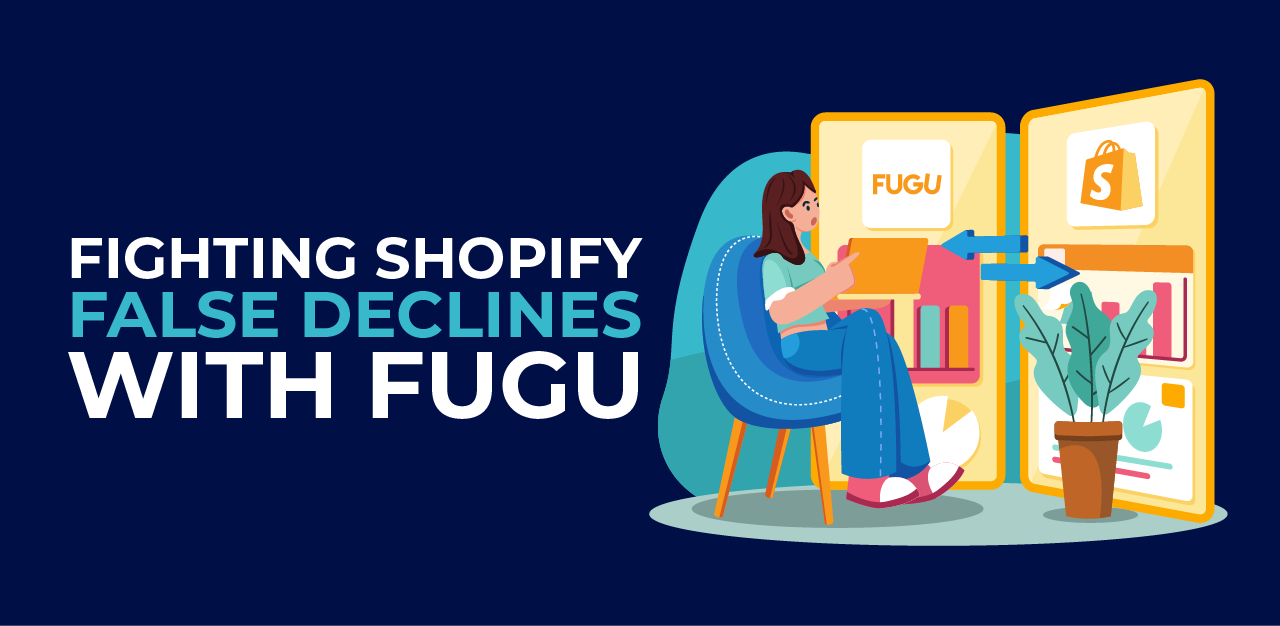
How FUGU Risk Analysis Complements Shopify Risk Analysis
Over the years, Shopify has earned its place at the top of the eCommerce food
chain, with sellers in 175 countries in the world. Because of its popularity,
fraudsters see businesses on Shopify as attractive targets.
But the business environment is tough, and companies cannot afford to let
fraudsters siphon their hard-earned money. So, in an effort to help businesses
prevent fraud, Shopify created a risk analysis system that flags high-risk
transactions based on common fraud indicators like mismatched billing and
shipping addresses and high-risk locations.
On the surface level, Shopify’s risk analysis works. However, when you consider
the dynamic nature of fraud and the fact that it manifests differently for different
merchants in different regions (like in the USA and South America), it leaves a lot
to be desired.
And if you’re in an especially fraud-prone industry, the harsh reality is that
Shopify’s free tool may be hurting your business more than it’s helping.
Shopify Fraud Analysis Overview
Before we peek under the hood of Shopify’s built-in risk analysis tool, we should
point out two things:
- Shopify services a range of customers, so its approach to fraud prevention is casting a broad net. This results in a lot of false positives that can cost the business money and customer loyalty.
- Shopify’s primary business is providing an e-commerce platform that makes it easy to handle marketing, manage inventory, and provide customer support. Fraud prevention is secondary. And given their limitations, Shopify recommends the use of additional fraud prevention solutions for a comprehensive approach. Now, using the basic fraud indicators, Shopify classifies transactions into three: low, medium, and high risk. However, not all high-risk flagged orders are fraudulent. For example, a transaction of a customer ordering a gift for a friend on their phone while at a location different from the address they provided can easily be flagged as high risk. This is because Shopify doesn’t have the full context of the transaction, which is obtained by evaluating multiple indicators throughout the transaction’s lifecycle. While you can manually review the risky orders to accept or reject, it’s a time-consuming process. And to do it right, you need sufficient data to make an informed decision. Unfortunately, Shopify gives vague reasons like ‘characteristics of this order are similar to fraudulent orders observed in the past,’ leaving you with very little to go off of. This, in turn, opens you up to the risk of high chargebacks, which lands you in a chargeback monitoring program. If you continually break the set chargeback ratio, you risk losing the ability to accept payments. With so much on the line and fraud methods becoming increasingly complex, you need an accurate fraud prevention solution. One that provides a clear picture of the nature of the transaction based on many dynamic indicators. FUGU offers a more robust, accurate, and customizable fraud protection solution that requires less manual labor. This helps you focus your time on the critical parts of the business and keep your hard-earned money, which positively affects your bottom line.
How FUGU Can Help Boost Your Revenue
Shopify’s risk analysis primarily assesses risk at check-out. Unfortunately, this
approach doesn’t paint a clear picture pertaining to the risk a transaction poses.
To fix this, FUGU offers continuous risk analysis, which tracks a transaction
throughout its life cycle. This analysis has multiple layers, which include;
- Behavioral analytics which monitors user actions for unusual patterns. These patterns could be a customer making multiple failed login attempts, accessing an account from different locations within a short time, or making an abnormally large purchase.
- A machine learning model that adapts to new fraud tactics over time, including friendly fraud, account takeover, and synthetic fraud. This layering approach strengthens defenses against different types of fraud and reduces false positives. Besides this, we also offer post-payment monitoring, where we track the transaction even after it’s been processed. This step is essential for businesses that provide delayed payments or subscription models like Buy Now, Pay Later (BNPL). Post-payment monitoring leads to deeper investigation or prevents product delivery once fraud is suspected after payment.
Bottom Line
As a serious business owner looking to grow your business in these uncertain
economic times, you should guard your revenue with everything you’ve got. To
this end, you should not solely rely on Shopify’s risk analysis systems. While it
flags a lot of high-risk transactions, it has no way of determining the context of
the transaction and can land you in trouble with chargeback monitoring systems.
To experience our solution at work, contact us to schedule a demo.